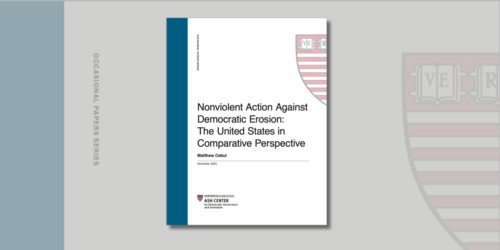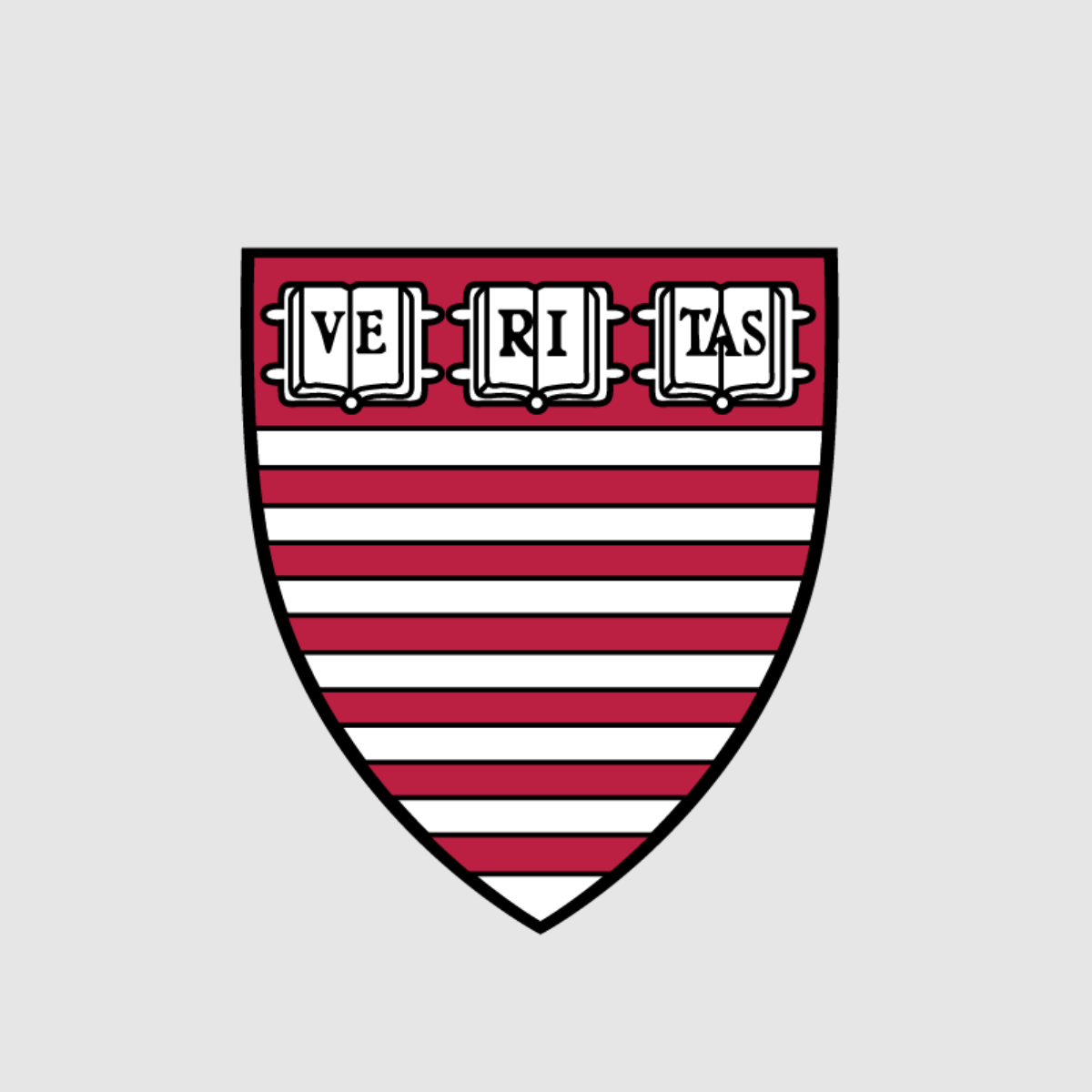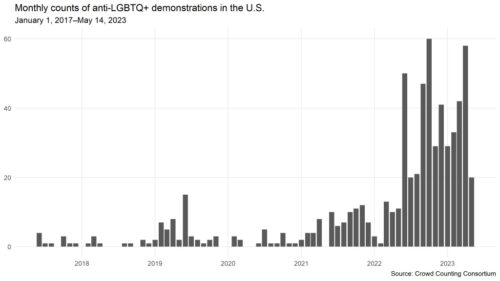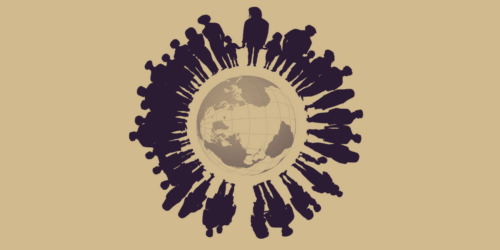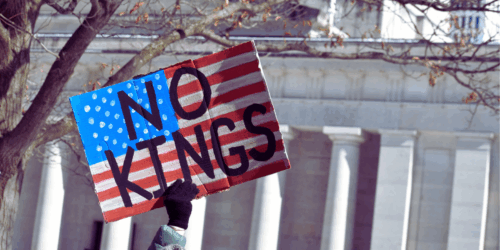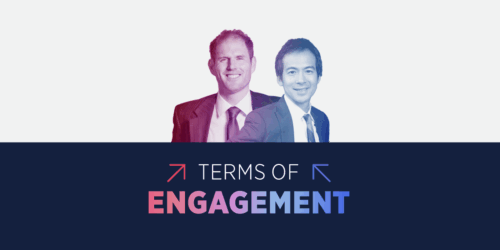In late 2022, I guessed that the surge in anti-LGBTQ+ right-wing protests we saw in the summer and fall of last year would ebb after the elections. Over the past few years, right-wing protests have tended to cycle through focal issues every few months, and I figured that 2022’s flurry of actions targeting the queer community was, for the most part, an instrument funders and organizers were using to try to mobilize voters for the midterms.
I was wrong. As the chart below shows, right-wing activists have maintained the unusually high pace of anti-LGBTQ+ protest activity through the winter and spring of 2023. Since June 2022, CCC has recorded an average of 39 anti-LGBTQ+ protests nationwide each month, compared with just three per month from January 2017 through May 2022. In the first four full months of 2023, we’ve logged an average of nearly 41 anti-LGBTQ+ protests each month, up slightly from the pace set in the latter half of last year.
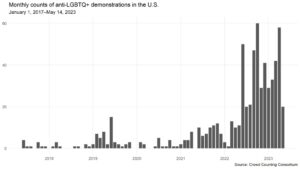
Notably, this issue also continues to absorb a heightened share of the right’s attention. Since the start of 2022, more than 6 percent of all right-wing protests recorded by CCC nationwide have involved anti-LGBTQ+ claims. That might not sound like a lot, but the share from 2017 until 2022 was just 1.6 percent. In other words, over the past year and a half, right-wing protests have been almost four times as likely to include anti-LGBTQ+ claims as they were in the preceding five years.
As the following chart shows, drag performances and drag culture have been a particular focal point for anti-LGBTQ+ protesters in recent months. Since June 2022, 46 percent of anti-LGBTQ+ protests have referenced drag, compared with just 12 percent from 2017 through May 2022. Roughly half of that 46 percent, or about 22 percent of these hundreds of anti-LGBTQ+ events overall, have specifically targeted Drag Story Hour readings for children.
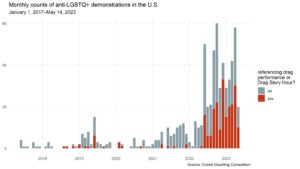
Also notable — and evident in the chart below — is the increased presence of Proud Boys and other far-right groups at these events. For purposes of this chart, I looked for any of the following in the fields in the CCC data where we capture information about organizations that participated: Proud Boys, Patriot Front, White Lives Matter, National Socialist Club (including but not limited to NSC-131), Goyim Defense League, any Active Clubs, and the National Justice Party. Since June 2022, we’ve seen members of one or more of these extremist groups at roughly 24 percent of all anti-LGBTQ+ protests nationwide. For the Proud Boys specifically, the figure is about 19 percent.
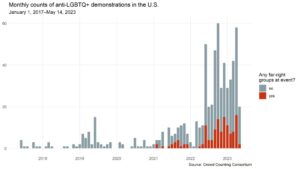
Far-right groups have been active on this issue, in part, because their ideologies typically feature patriarchy and homophobia, but also because these events are useful public-relations opportunities. Once an issue like anti-LGBTQ+ activism captures the news media’s interest, fringe organizations often glom onto events involving that issue as a way to get themselves and their ideas in front of more cameras and readers. This visibility helps normalize their presence and ideas and serves as a valuable recruiting tool. The whole thing can become a bit of a vicious cycle, as extremist groups increasingly show up to try to grab the mic and the spotlight, and reporters show up because the presence of extremist groups — and possible confrontations with antifascist counter-protesters — often makes for eyeball-grabbing and click-generating content.
So, measured by event counts, the pace of right-wing anti-LGBTQ+ activism clearly hasn’t slowed in 2023. Measured by crowd size, however, the wave does show some signs of slowing. From June through December 2022, the average size of the crowd at the anti-LGBTQ+ events for which we had information about that feature was 164 people. So far in 2023, it’s been just 67 people.
What’s more, these actions are not going unchallenged. Since June 2022, nearly 43 percent of the anti-LGBTQ+ protests logged by CCC that were not themselves counters to things like pride parades or rallies over legislation have been met with direct counter-protests. That’s compared to just 5 percent of right-wing protests during the same period that did not include anti-LGBTQ+ claims. Just as the queer community and antifascists and other allies have mobilized to fight the torrent of anti-LGBTQ+ bills passing through state houses in the past few legislative cycles, they have also regularly turned up to confront this bigotry in the streets.
